Silly Putty may be silly no more thanks to researchers who have added graphene flakes to the novelty toy and discovered it works as a super-sensitive pressure sensor that can be used to monitor blood pressure. It is so sensitive it was able to detect the footfalls of a spider. The composite material, which also exhibits self-healing properties, could yield many new smart applications.
Graphene–polymer nanocomposites have been made before but no one had ever investigated what would happen if graphene was mixed with highly viscoelastic polymer matrices, like those used in Silly Putty. Thinking it might be a fun experiment, Jonathan Coleman’s lab at Trinity College Dublin, Ireland, gave it a go. The lab has previously shown its playful side by making graphene flakes in a kitchen blender.
‘I saw an opportunity for a material that could not only be moulded, compressed and stretched but one that was also economical and easily processed,’ says lead author Conor Boland. ‘Silly putty just naturally came to mind.’
To make the ‘G-putty’, polydimethylsiloxane (PDMS) was first heated with boric acid. The boric acid links the oil’s polymer chains together to form a putty. Graphene flakes were then made from graphite using liquid phase exfoliation, which left graphene suspended in a solvent. In the last step, the two components were mixed and the solvent boiled off to leave a putty infused with graphene.
Electrical resistance tests revealed that G-putty was highly sensitive to the slightest deformation or impact – at least 10 times more sensitive than other nanocomposite sensors. In one experiment, a sheet of clingfilm coated with G-Putty detected the individual footsteps of a small spider – weighing just 20mg – scurrying over the surface.
It works because the graphene flakes form an electrically conducting network within the putty, and this network breaks apart when the putty is deformed, which rapidly increases electrical resistance. The G-putty is self-healing because its low viscosity allows the graphene flakes to move inside the matrix and reform the network.
Other experiments showed that G-putty placed on the body could sense joint motion, such as finger wagging, breathing and heartbeat. When mounted over the carotid artery, the G-putty could be used to monitor a person’s pulse, offering the chance for a simple non-invasive method to measure blood pressure.
‘The blood pressure measurement is a true measurement of a person’s wellbeing and can give real insight into a person’s health. Currently, continuous measurements can only be taken in a hospital when it is possibly too late,’ he explains. ‘However, the putty offers a way of measuring this in real time, continuously, which no device or materials outside a hospital offers; G-putty could be a preventative lifesaver.’
Vitor Pereira, who studies graphene physics at the National University of Singapore, says it’s ‘remarkable’. ‘I cannot help noting how ironic it is that this has been achieved with the equivalent of Silly Putty, because this is one type of functionality sought after for many smart materials and their applications. This putty just got a lot smarter!’
References
C S Boland et al, Science, 2016, 354, 1257 (DOI: 10.1126/science.aag2879)
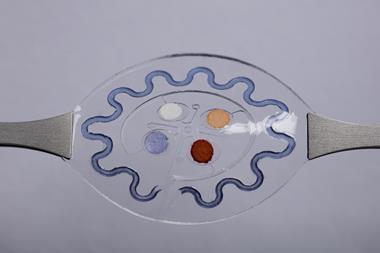

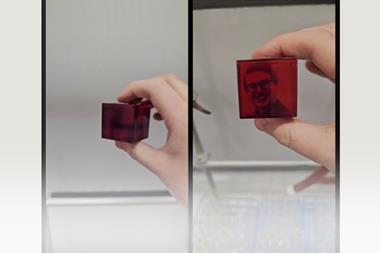
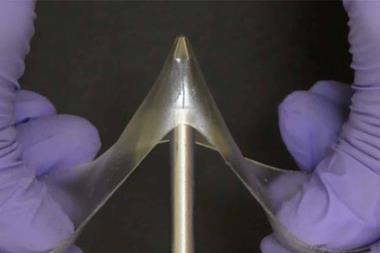



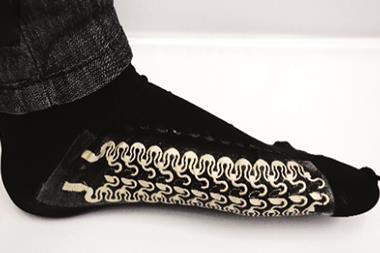
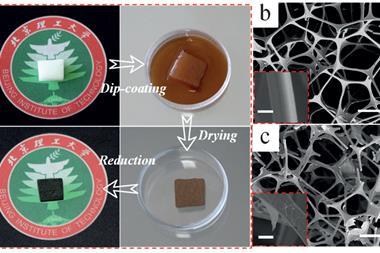
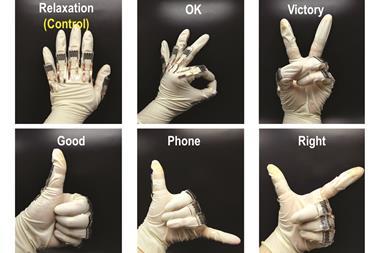











No comments yet